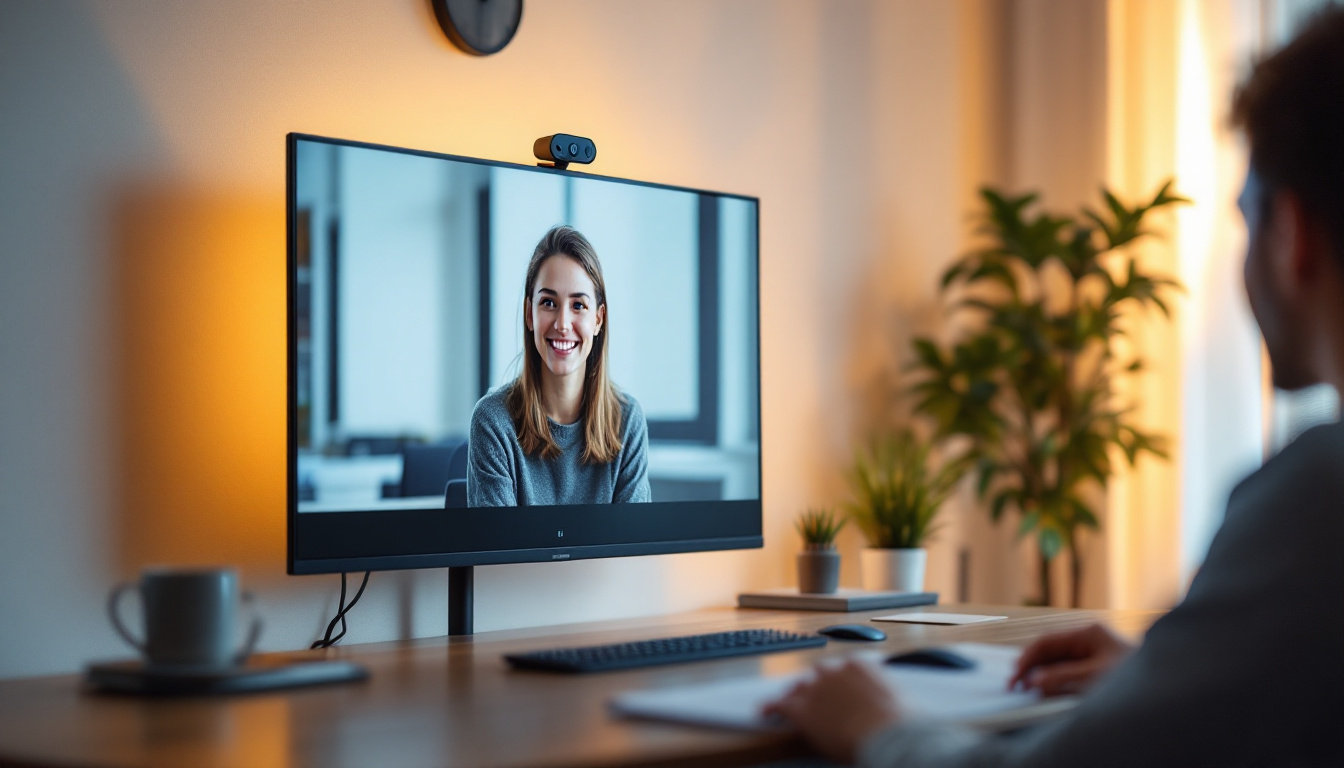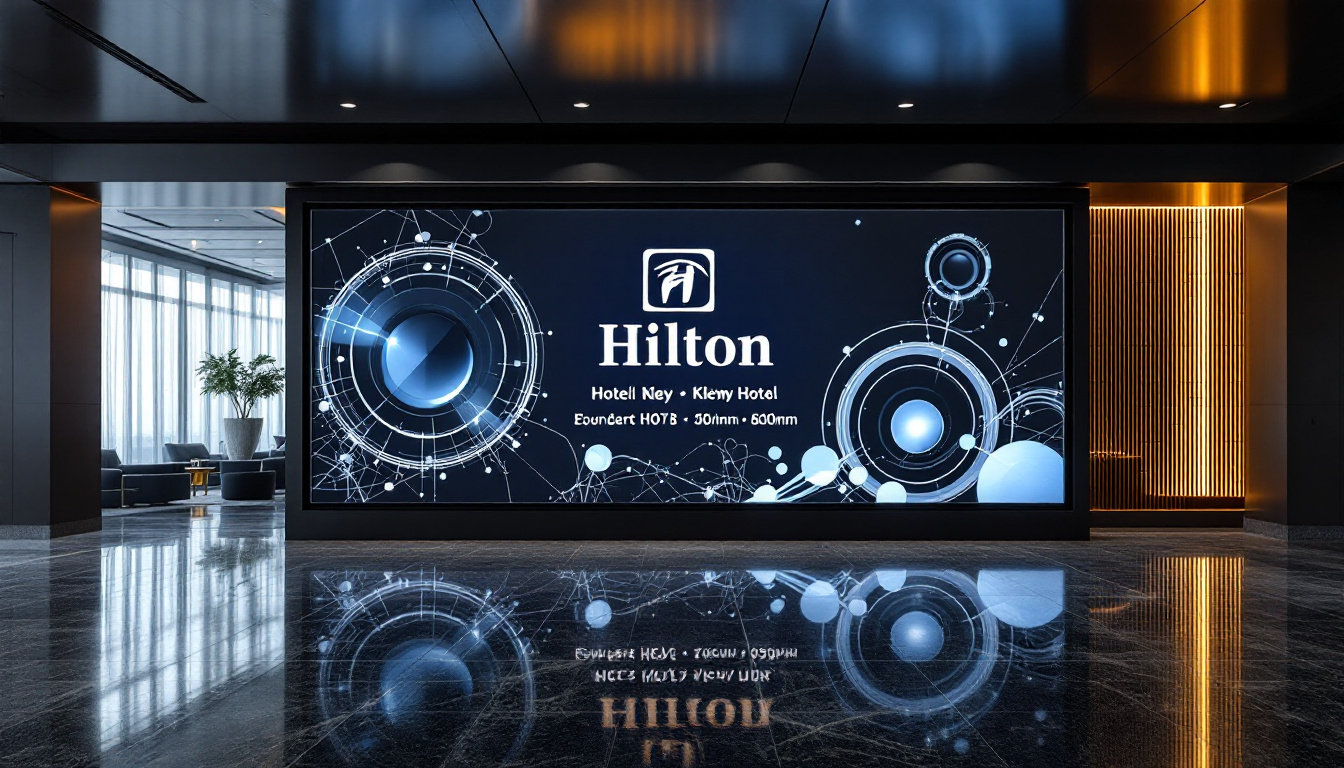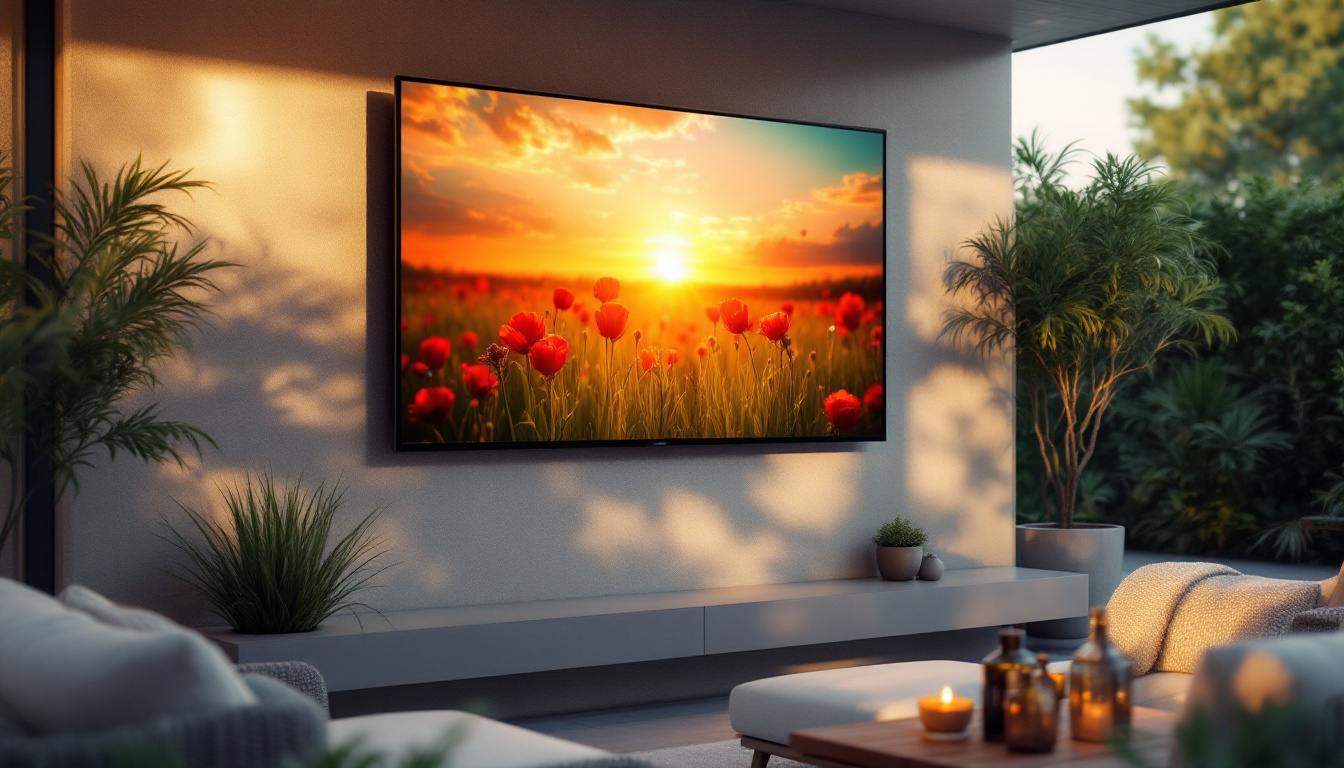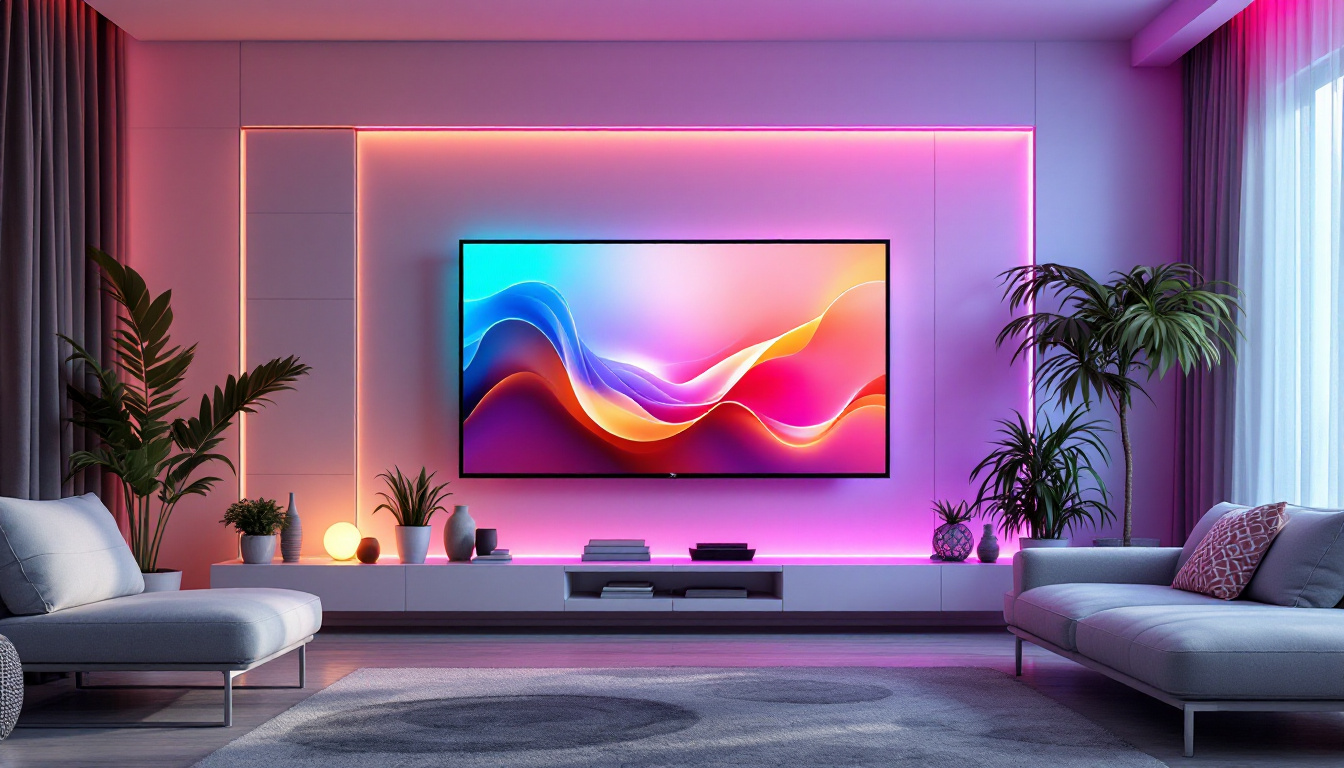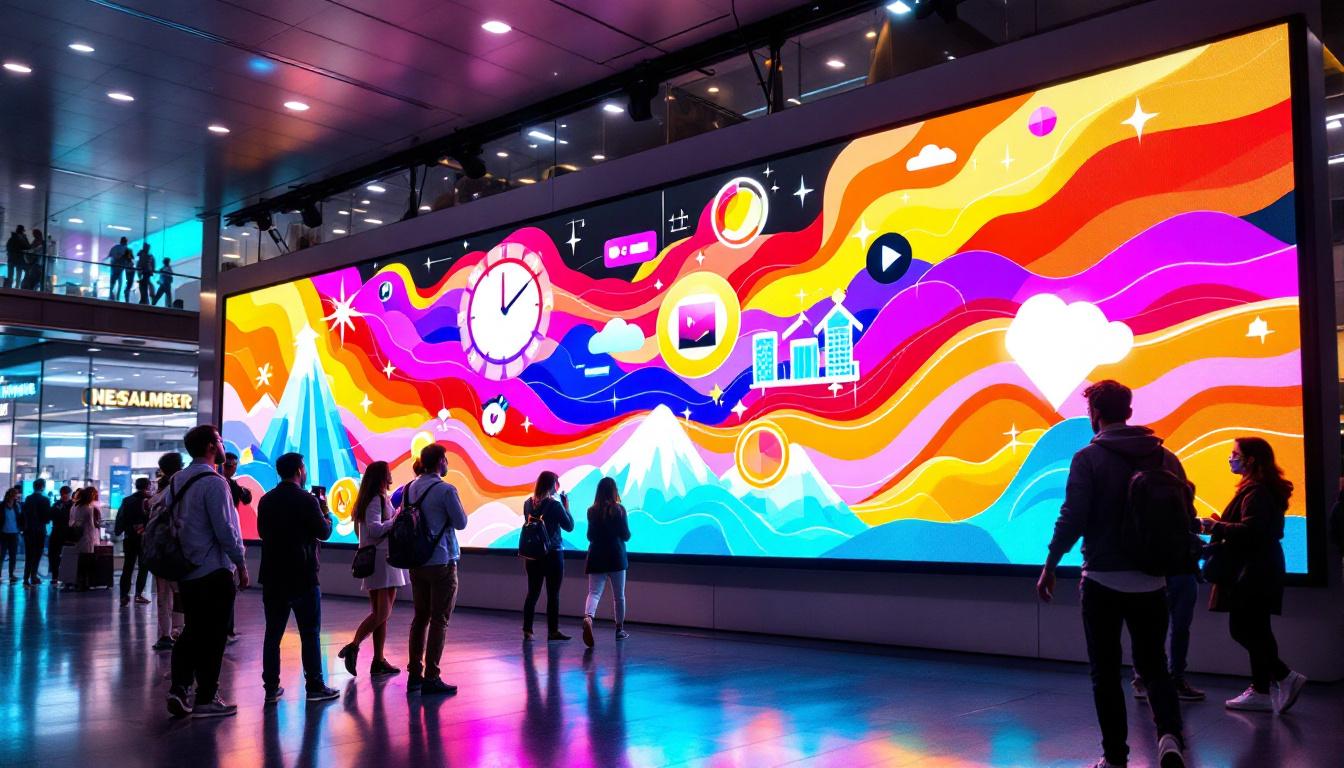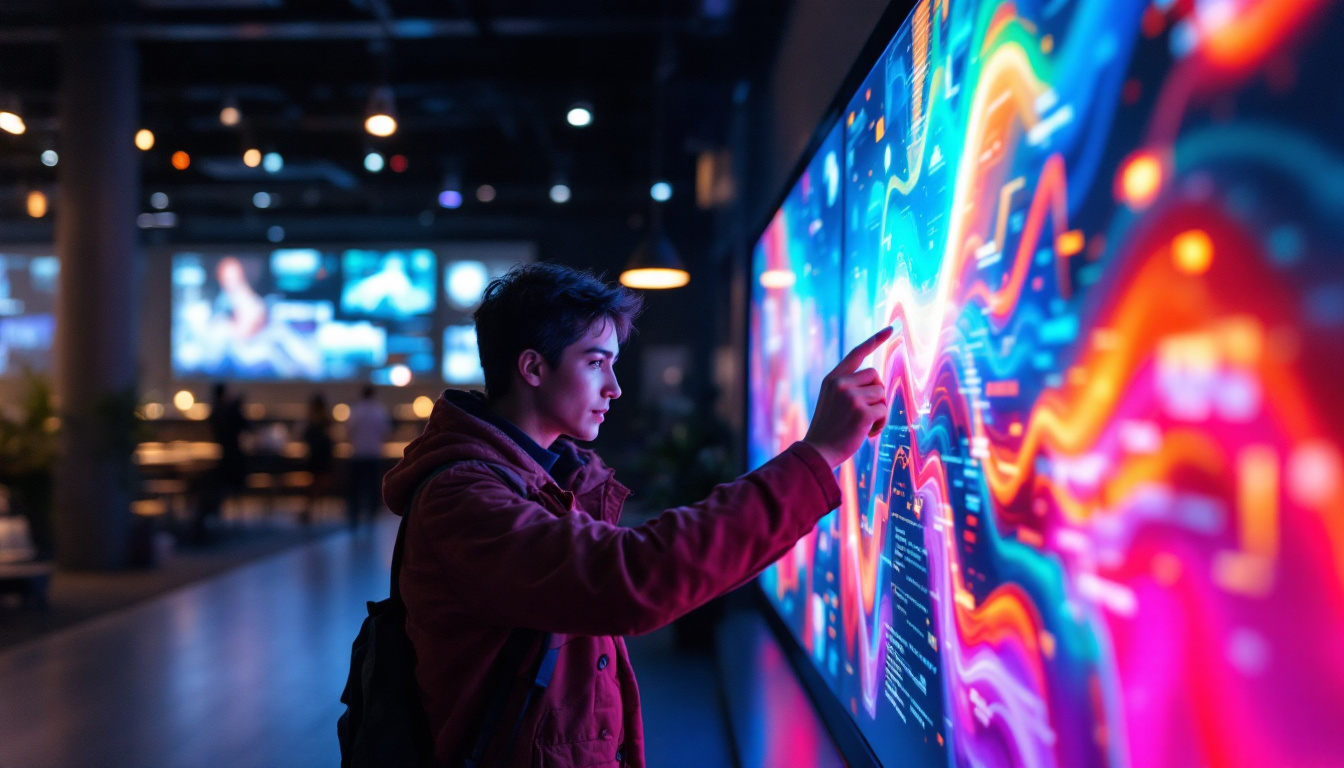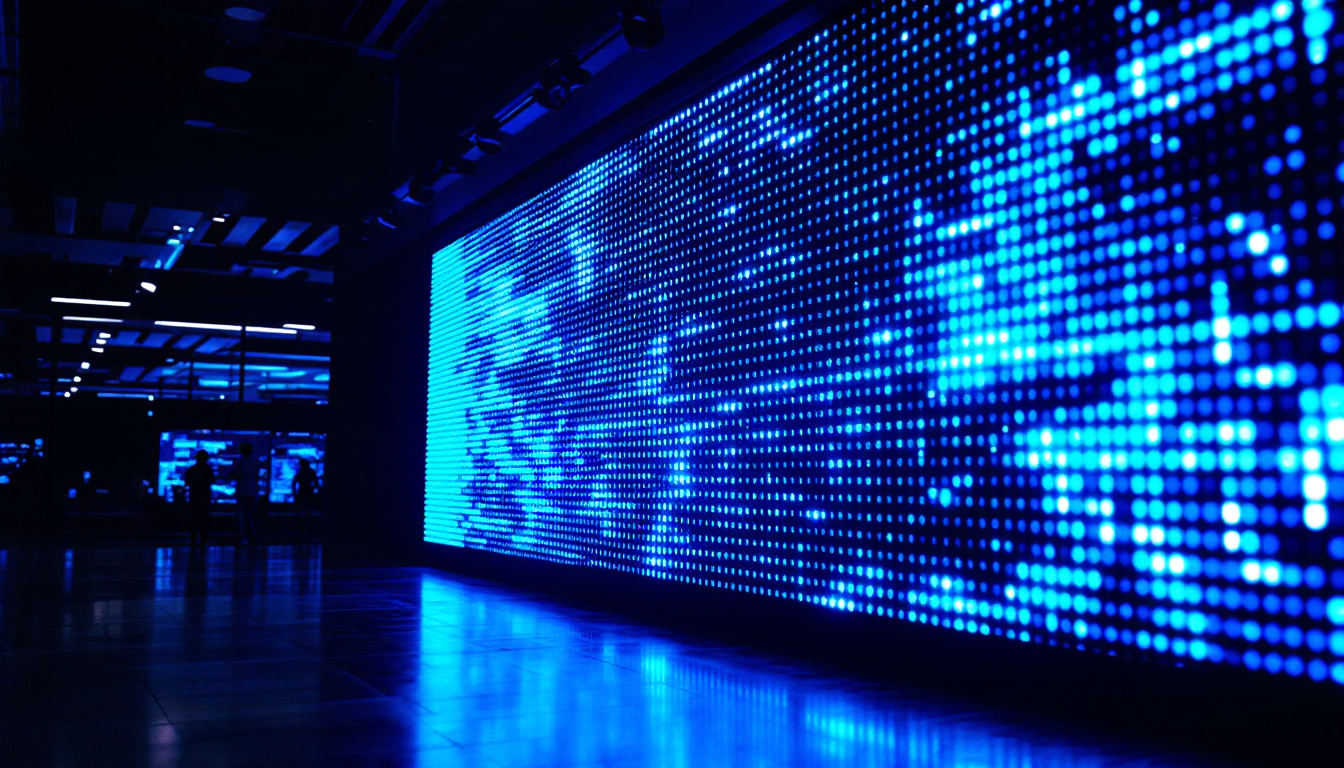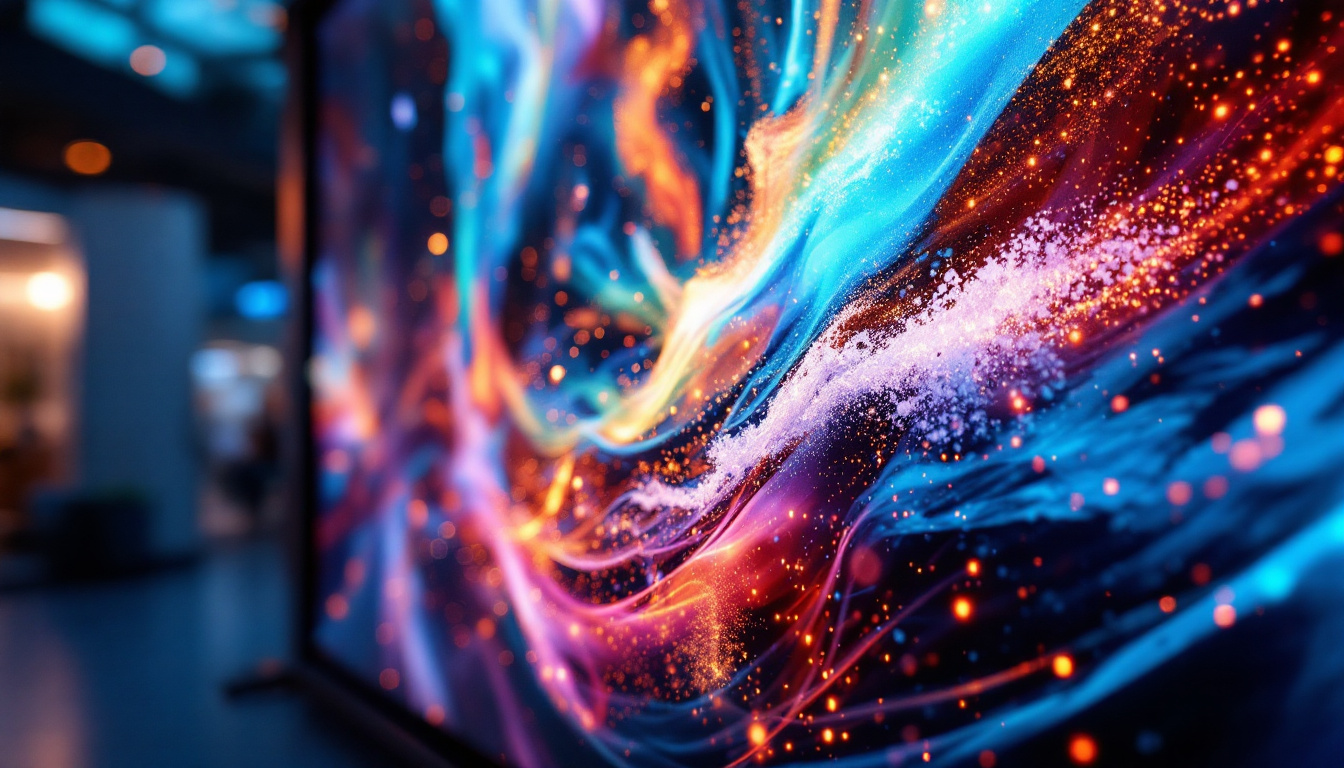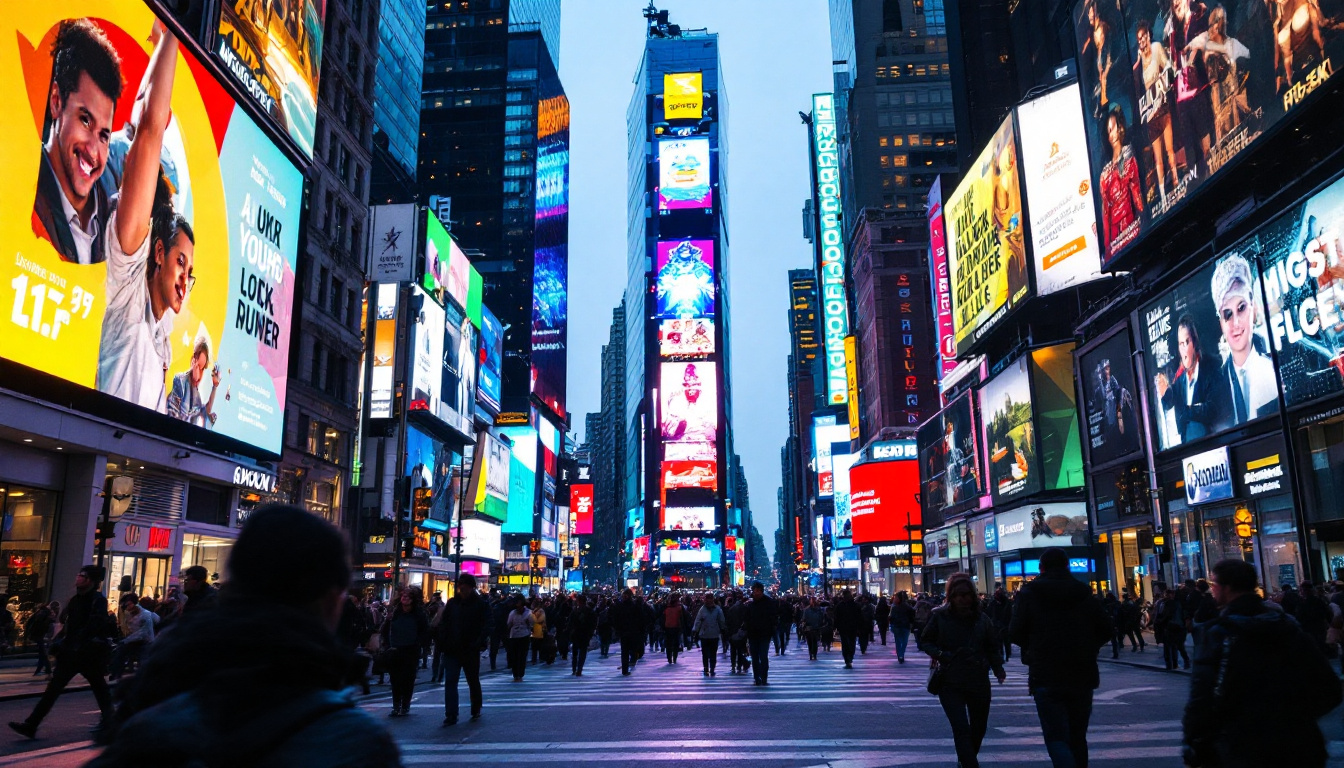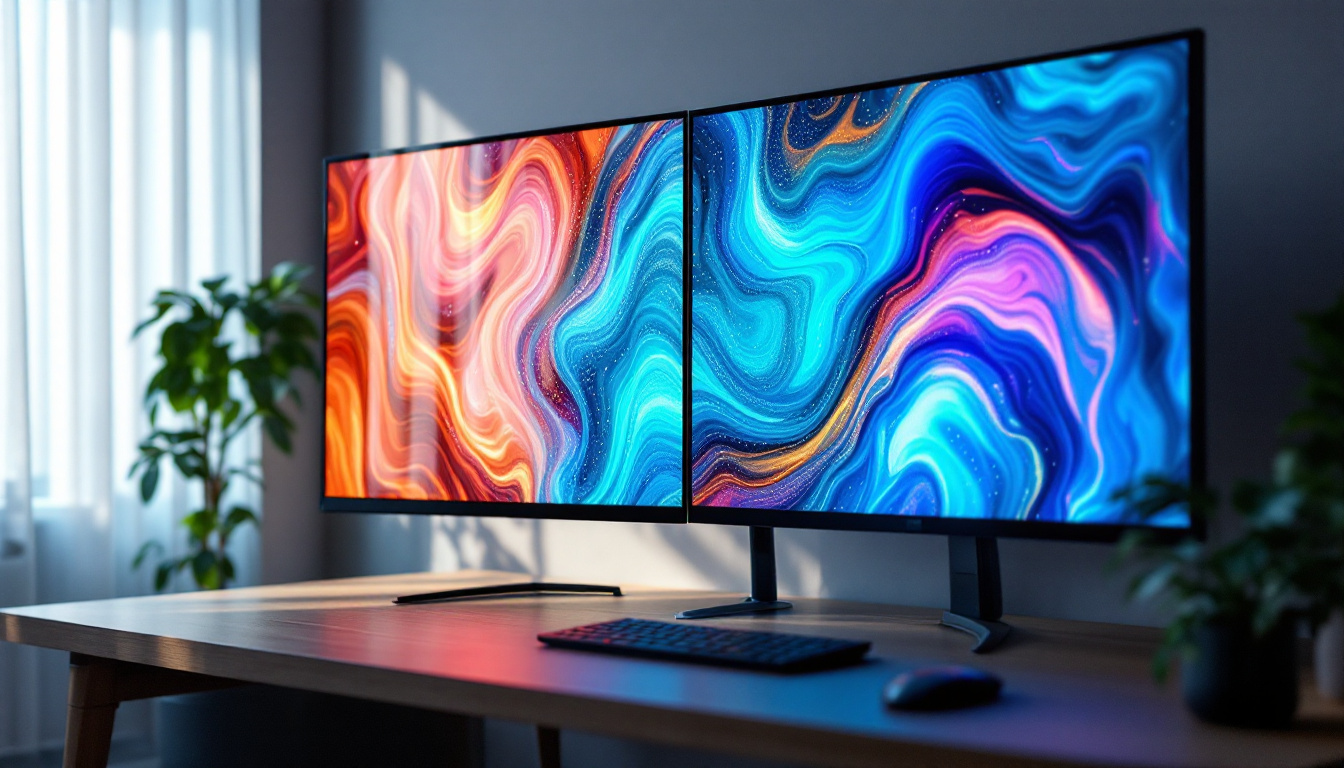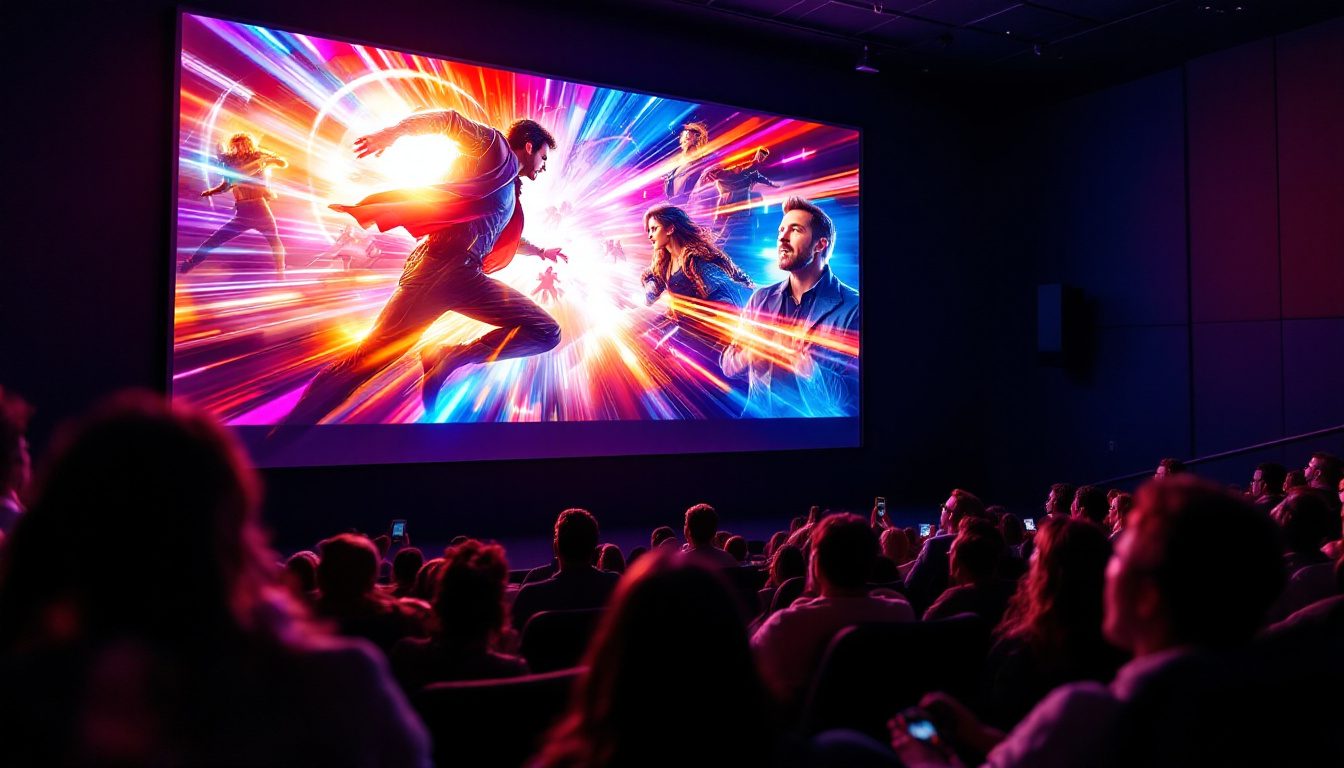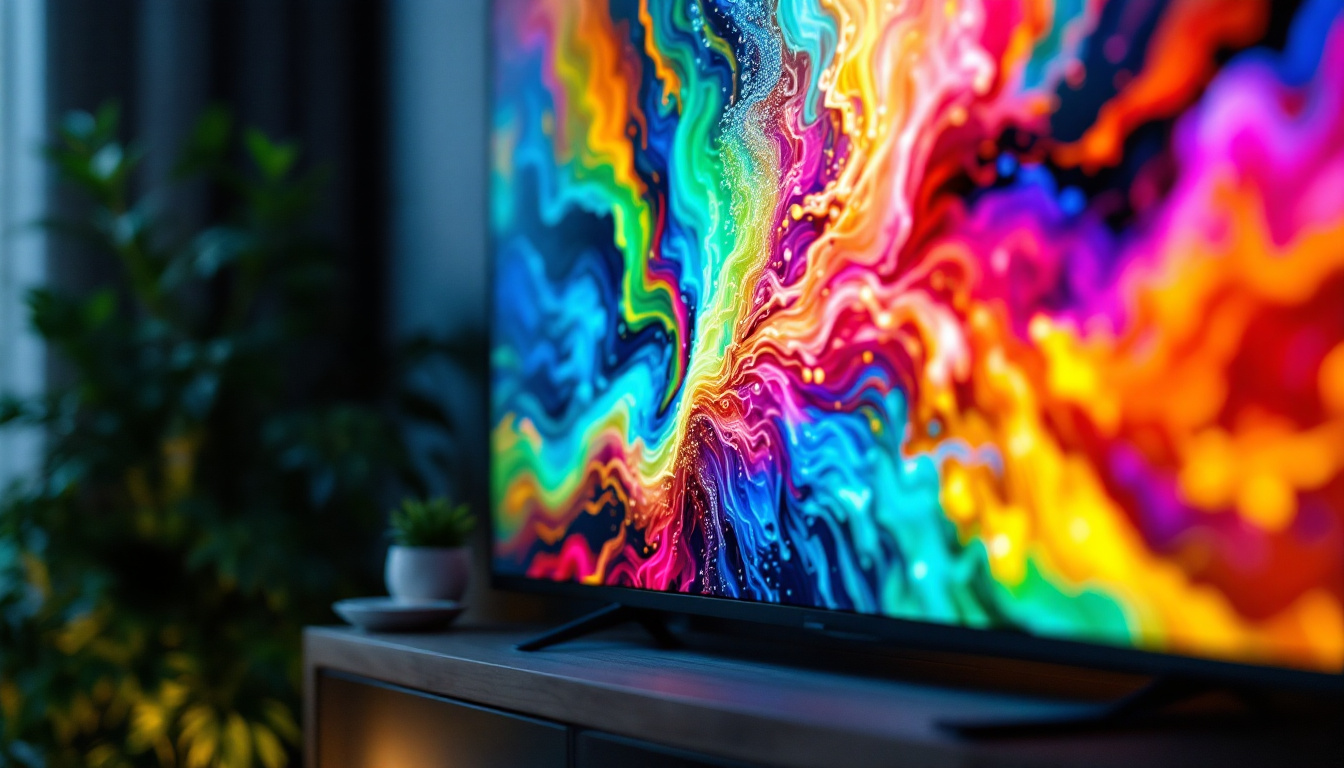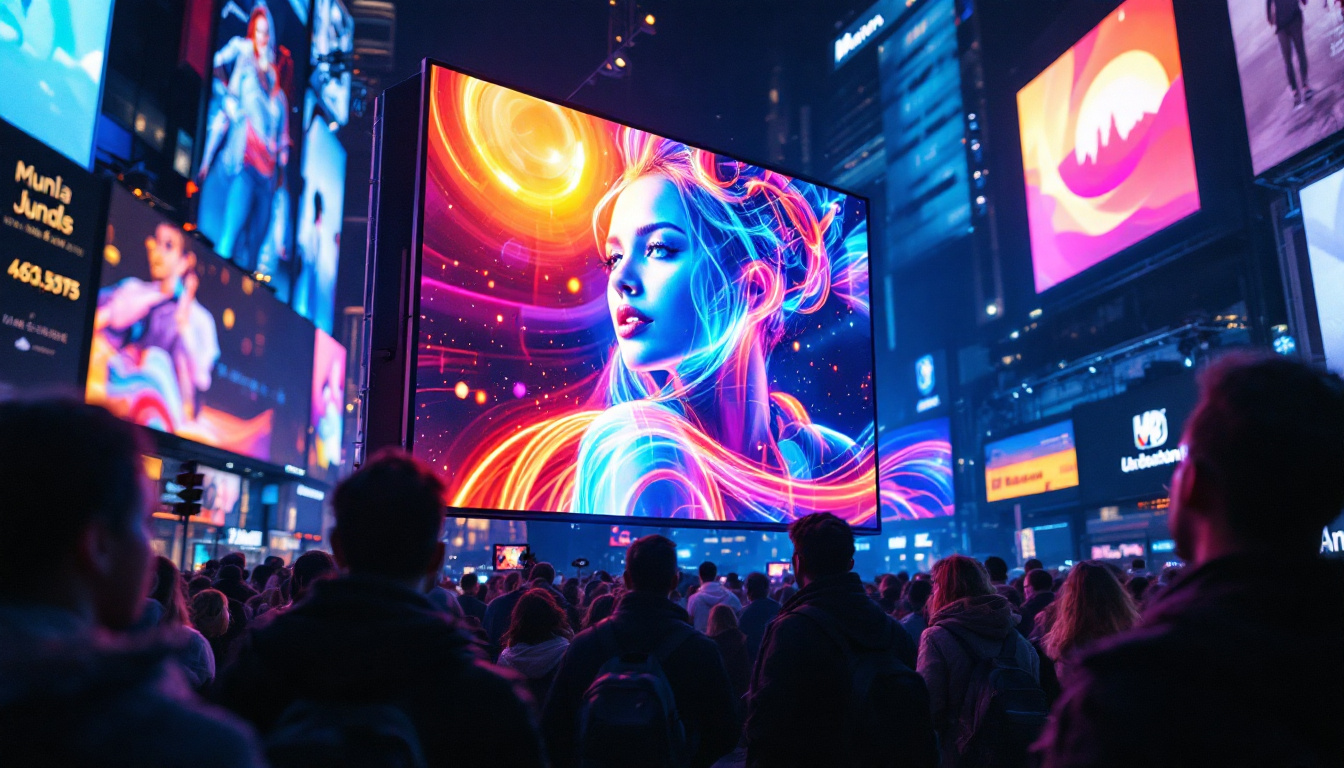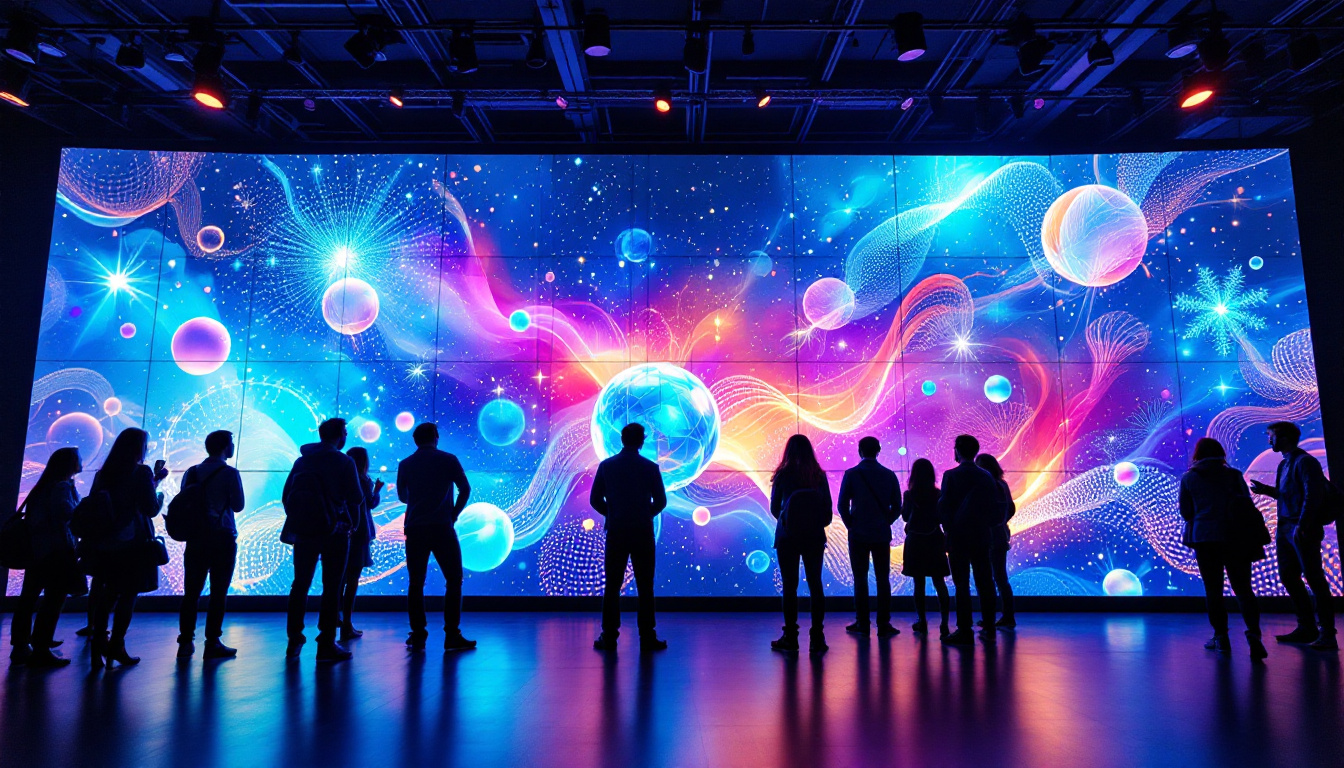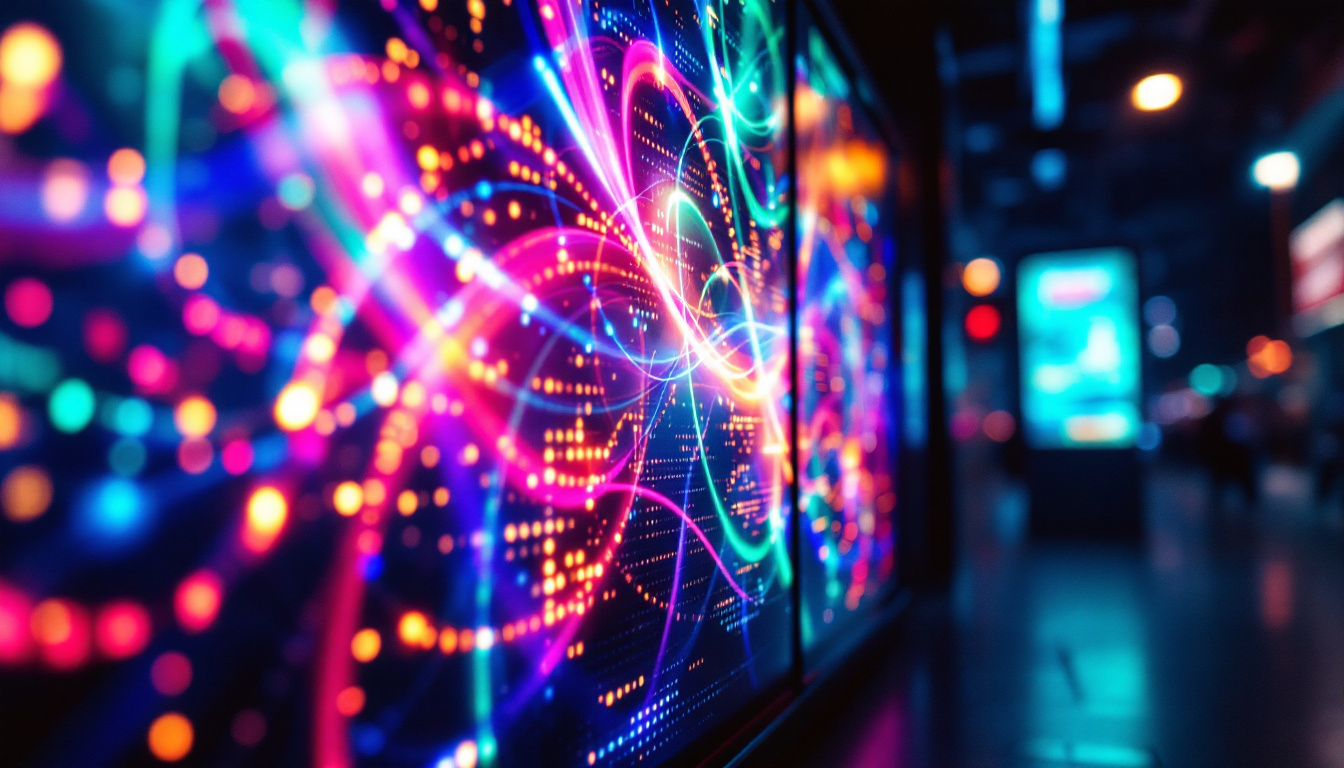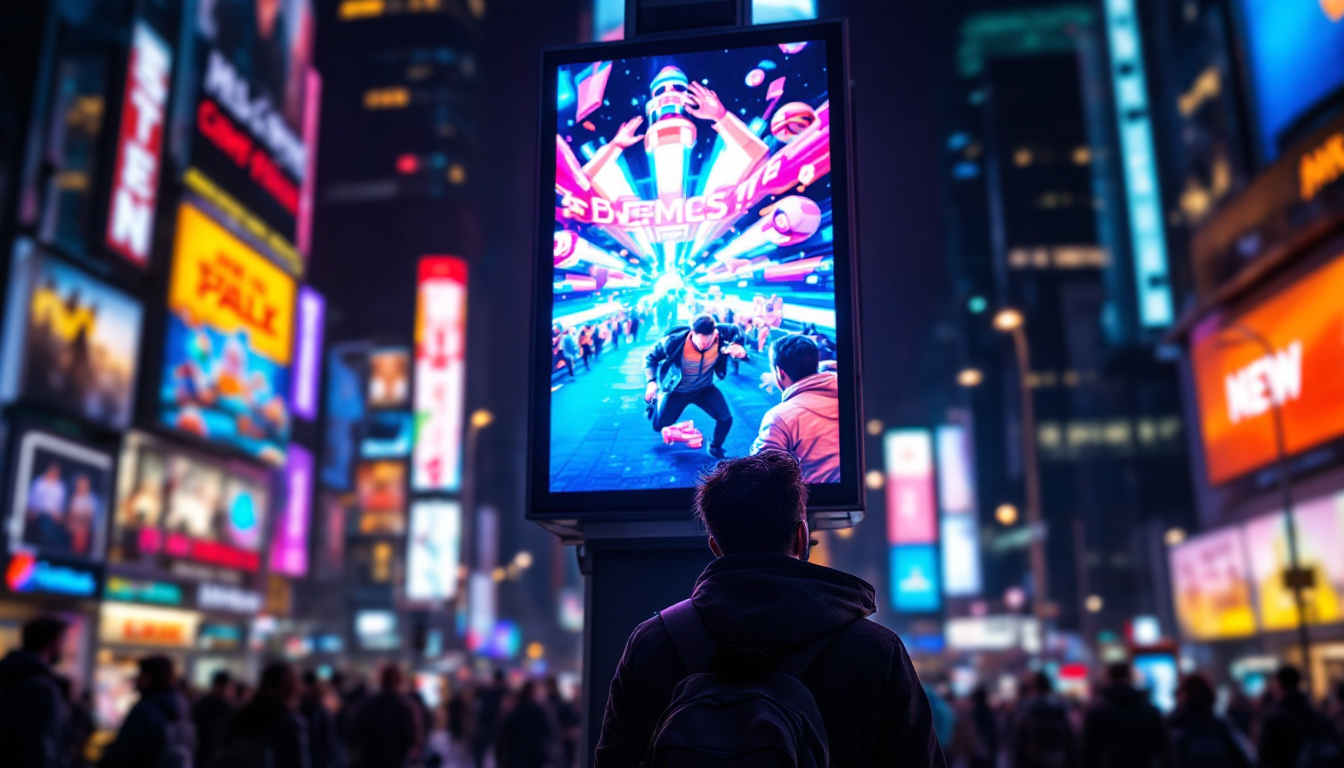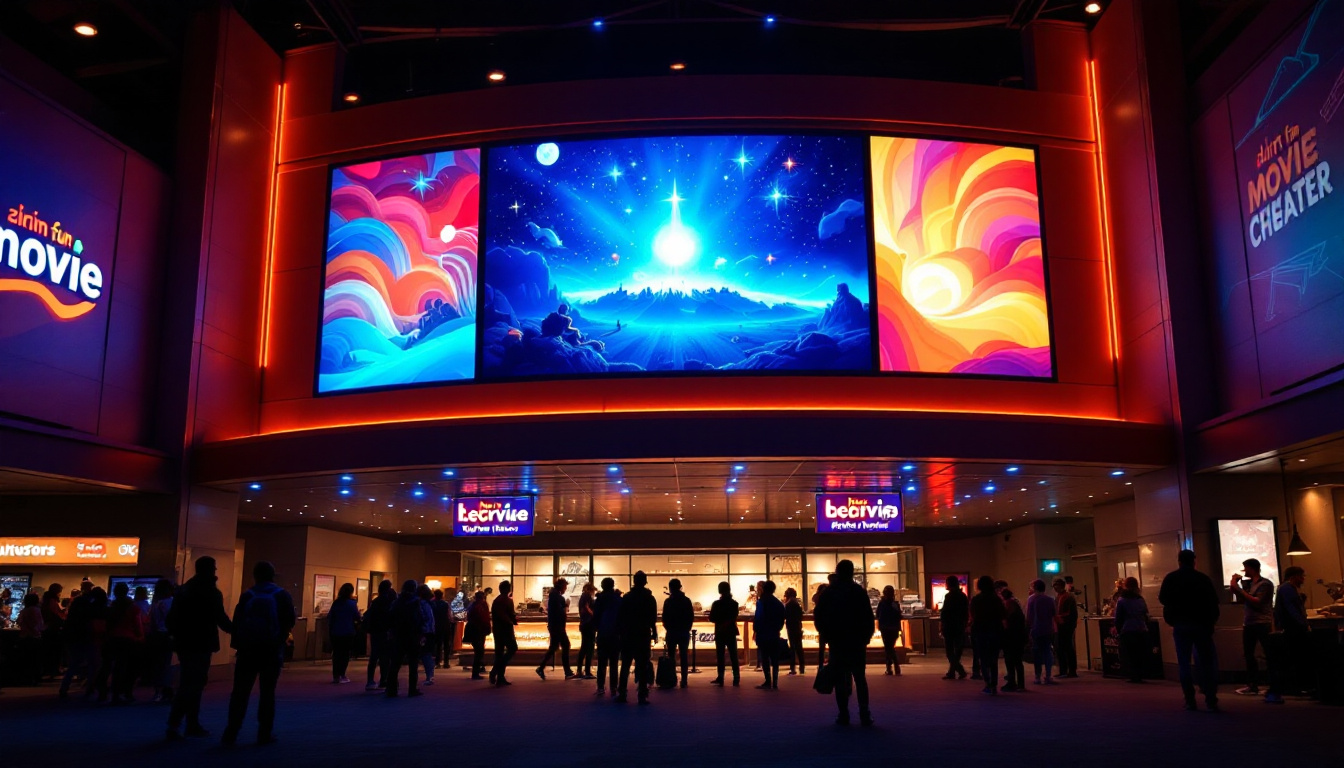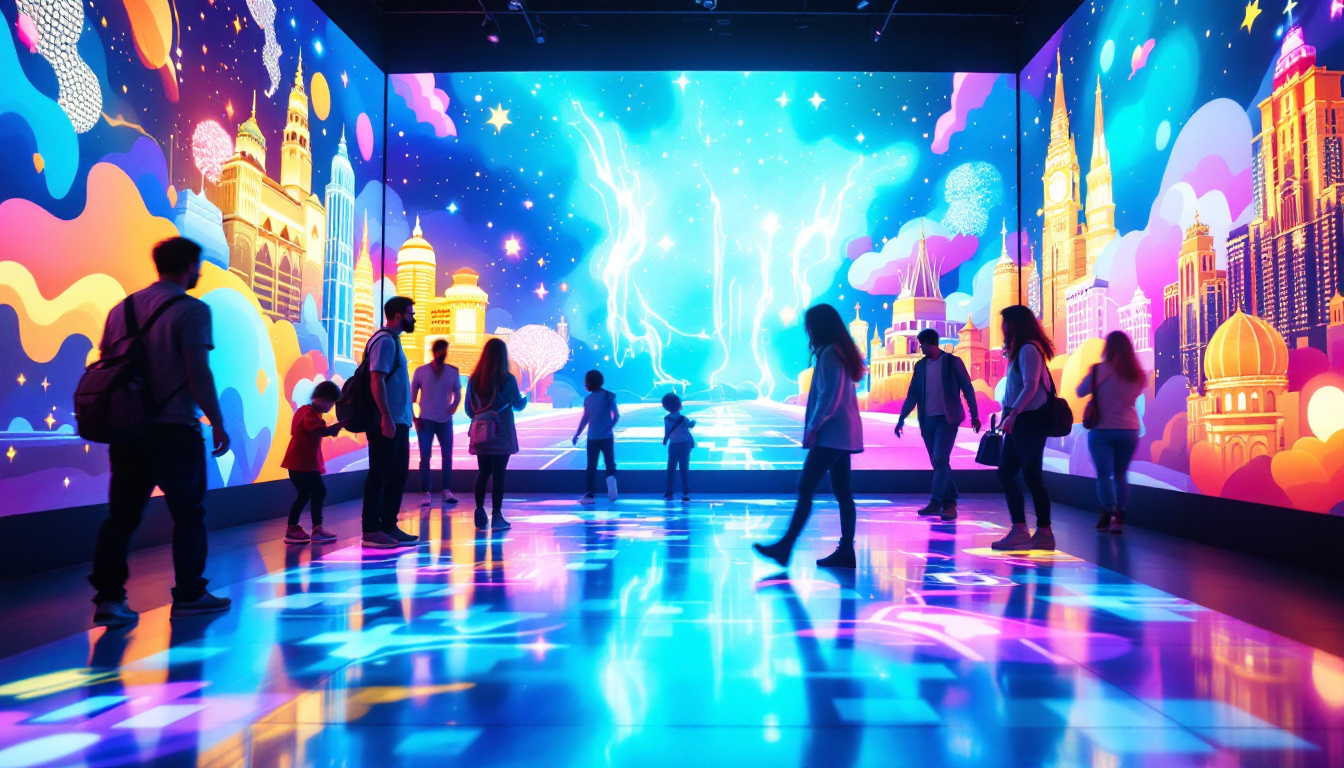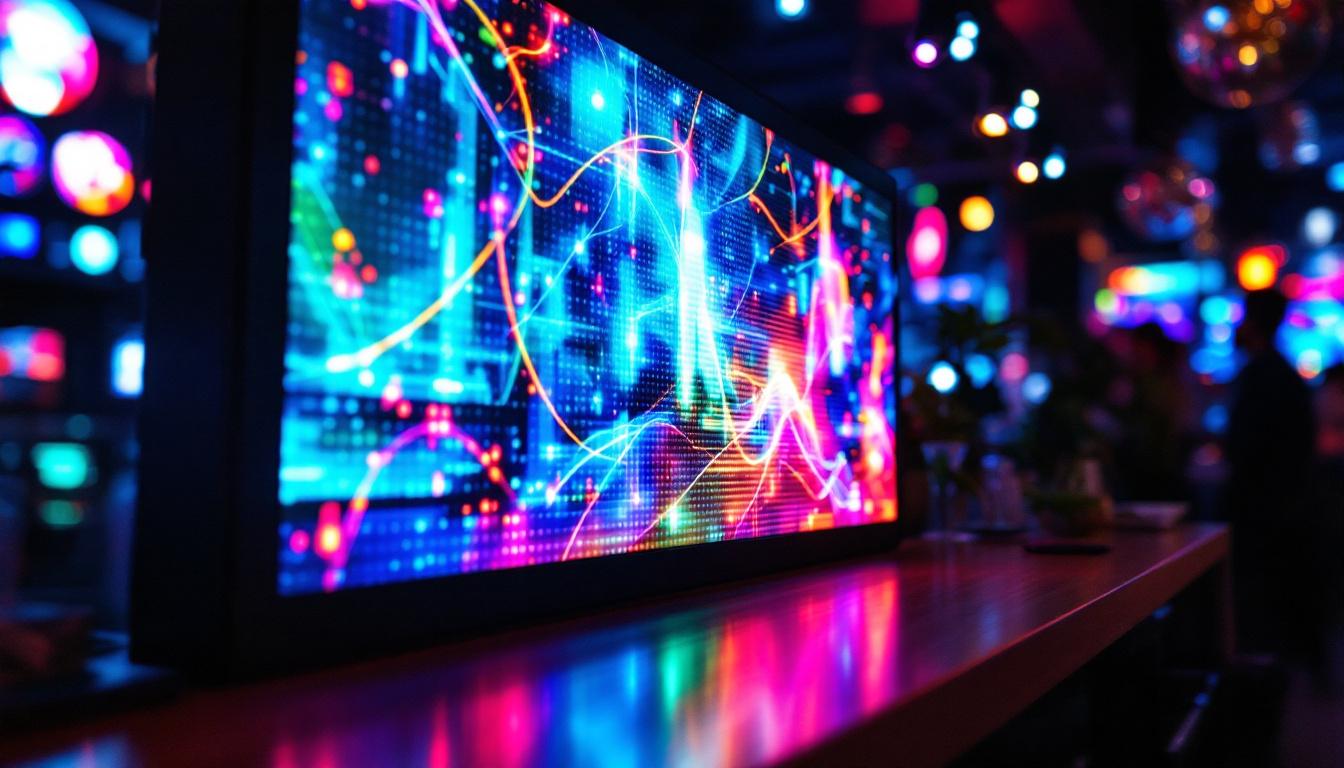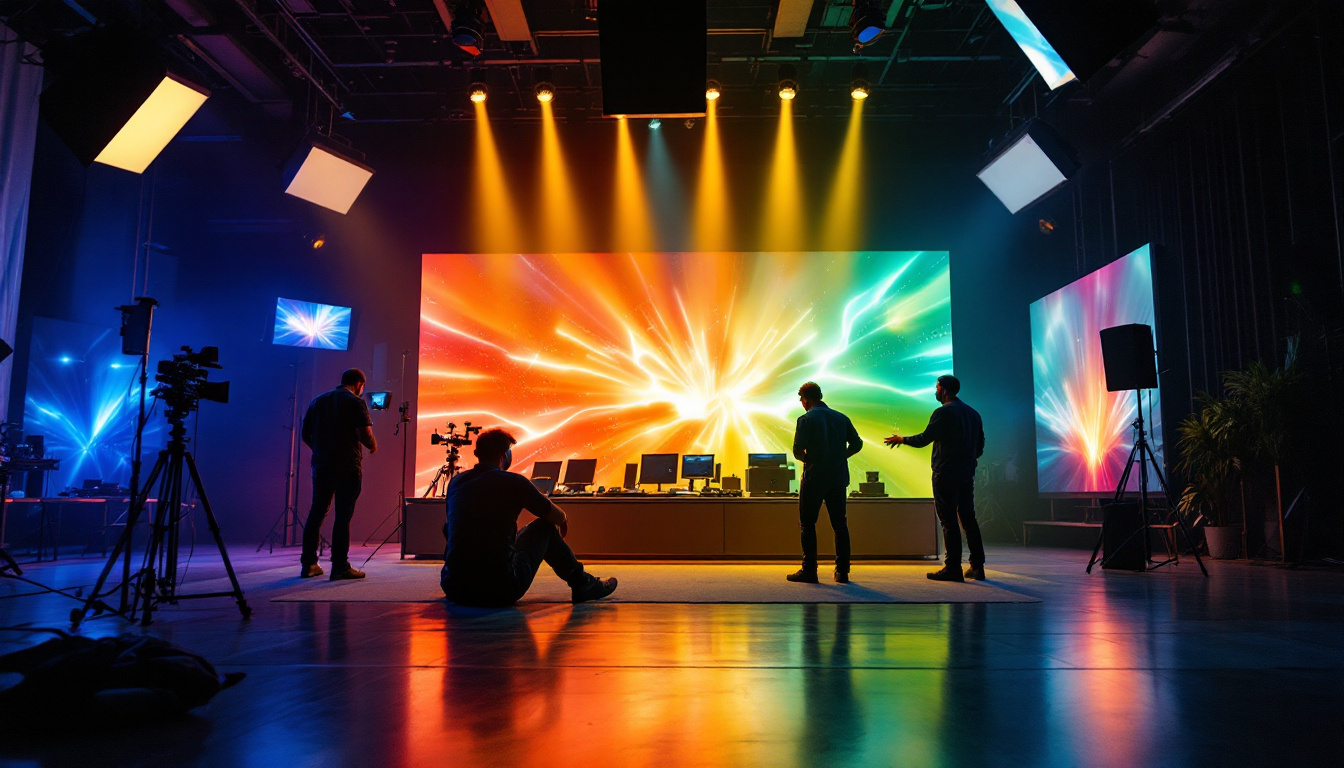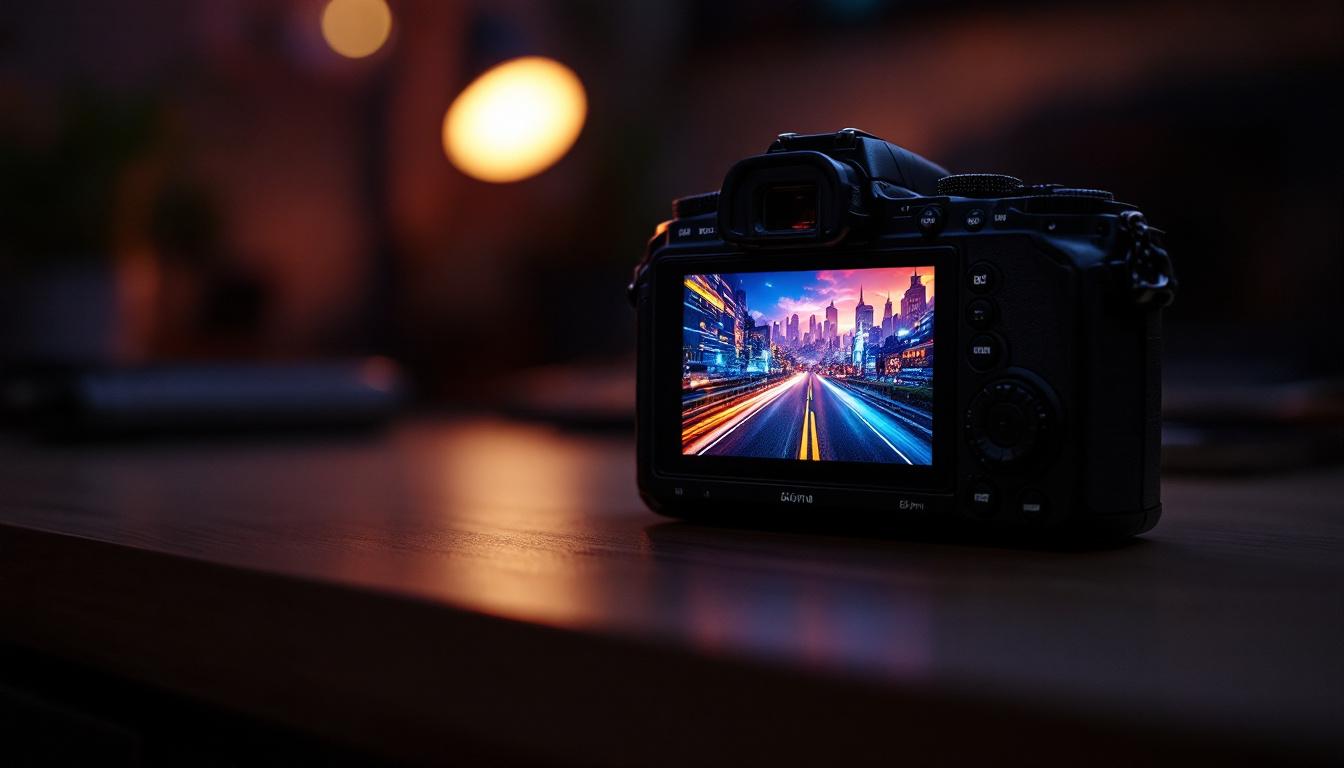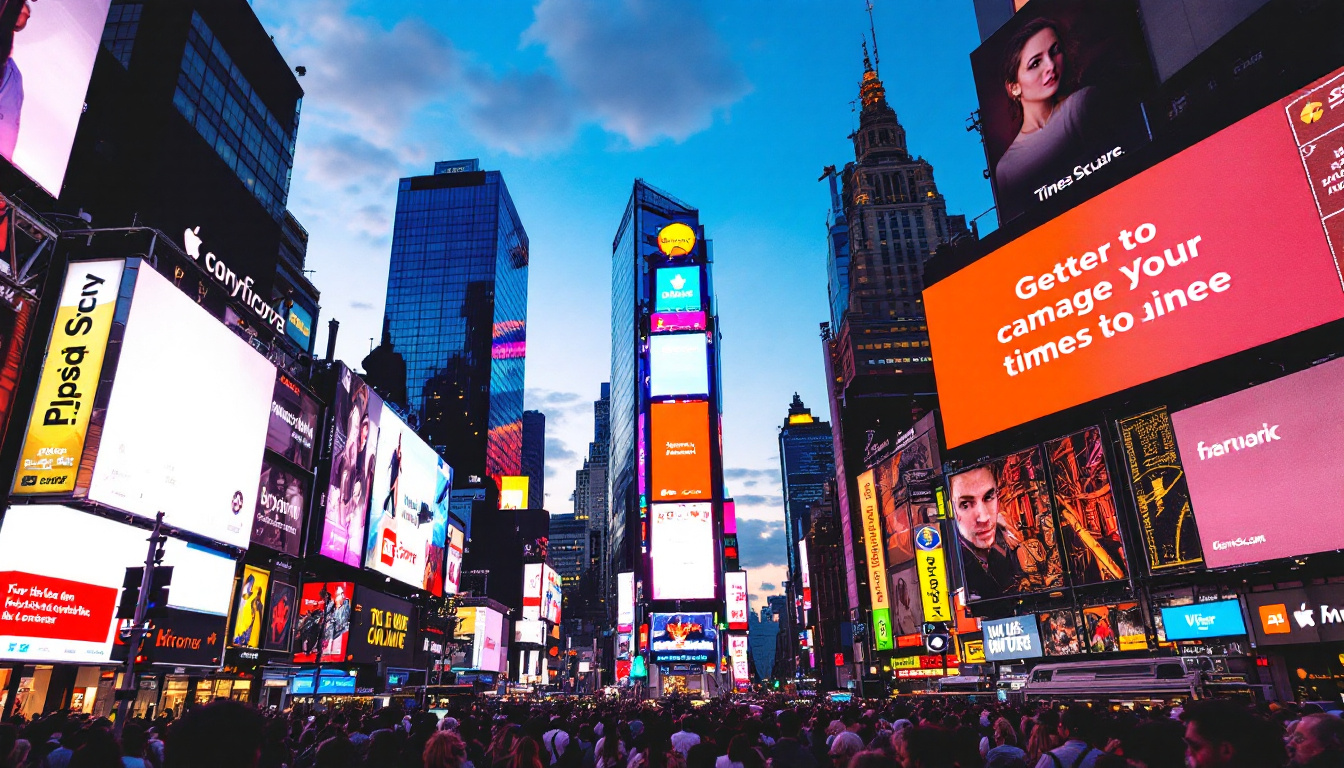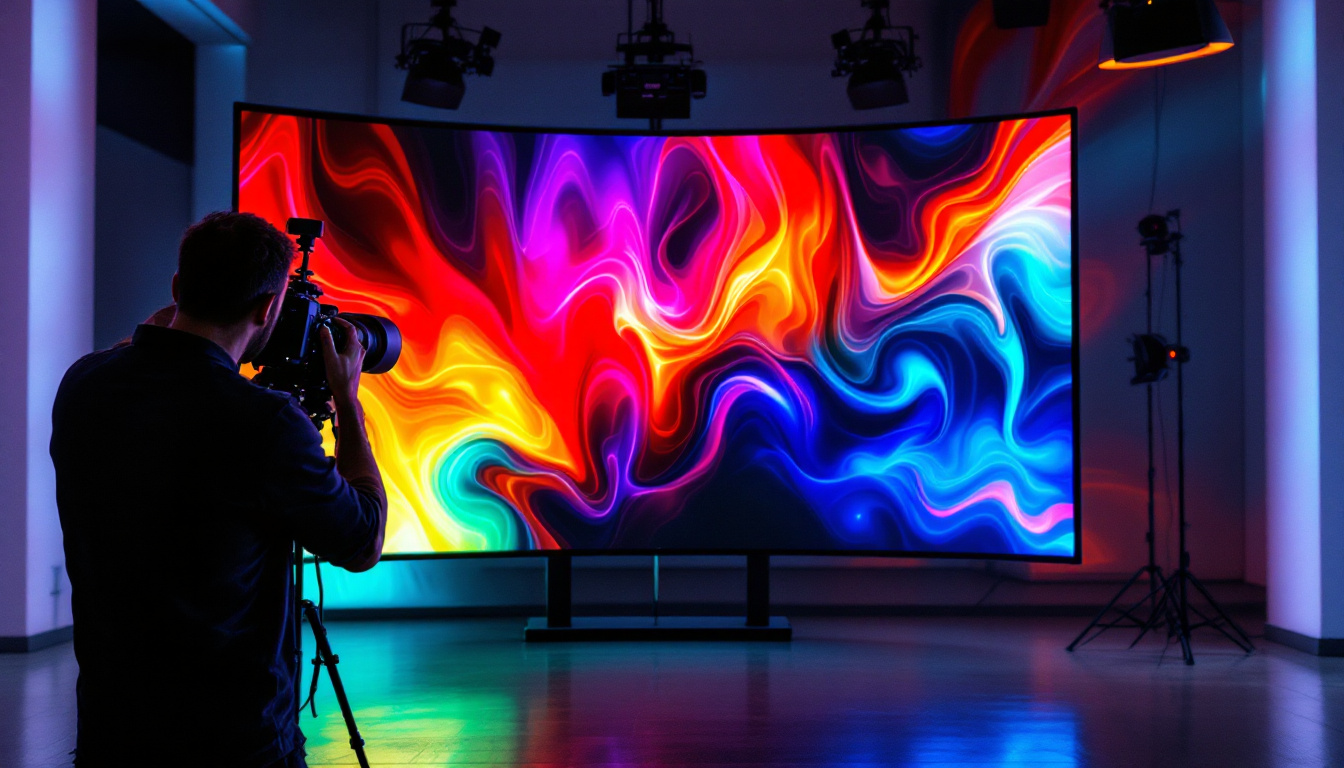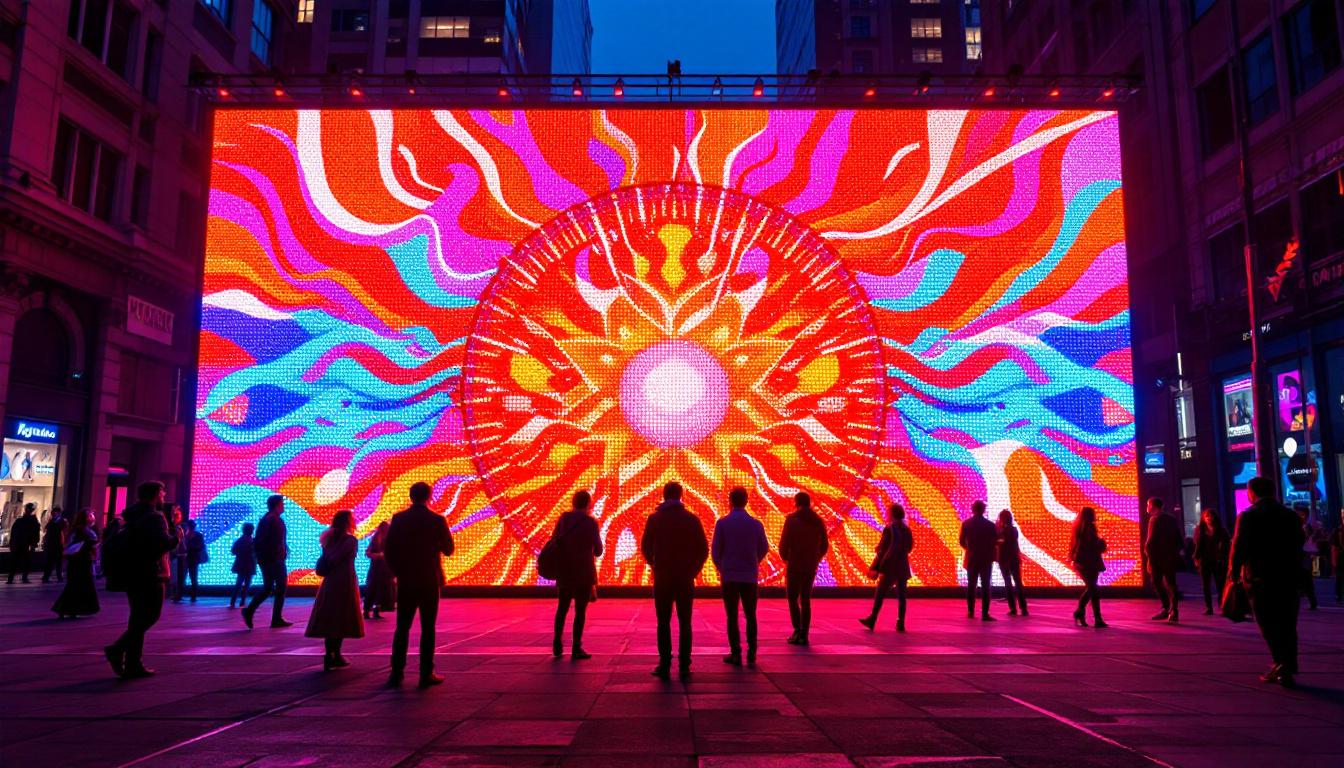In the age of remote work and virtual meetings, the importance of effective lighting in video conferencing cannot be overstated. A well-lit environment not only enhances the visual quality of a video call but also contributes to clearer communication and a more professional appearance. This article delves into the nuances of lighting for video conferencing, with a particular focus on LED displays and their advantages.
The Importance of Lighting in Video Conferencing
Lighting plays a crucial role in video conferencing, impacting everything from the clarity of the image to the overall mood of the meeting. Poor lighting can lead to unflattering shadows, washed-out colors, and an overall lack of professionalism. Conversely, good lighting can enhance the visual quality, making participants appear more engaged and present.
Visual Clarity and Engagement
When participants are well-lit, it becomes easier for others to read their facial expressions and body language, which are essential components of effective communication. In a virtual setting, where non-verbal cues are often lost, having proper lighting can bridge that gap, fostering a more engaging atmosphere.
Moreover, clear visuals can help maintain the attention of all participants. A well-lit face is more inviting and can make discussions feel more personal, even through a screen. This can lead to a more productive meeting, as participants are more likely to stay focused and engaged.
In addition to enhancing engagement, the right lighting can also contribute to a more dynamic and interactive experience. For instance, using adjustable lighting can allow participants to change the mood of the meeting based on the context—bright and energetic for brainstorming sessions, or softer and warmer for more intimate discussions. This adaptability can create a more tailored environment, encouraging creativity and collaboration among team members.
Professionalism and Brand Image
In a corporate environment, the way individuals present themselves during video calls reflects on the organization as a whole. Poor lighting can detract from a professional image, making it seem as if the company does not value quality interactions. On the other hand, investing in proper lighting can enhance the brand’s image, signaling that the organization takes its communications seriously.
For businesses, maintaining a consistent and professional appearance across video calls can strengthen relationships with clients and partners. It demonstrates attention to detail and a commitment to quality, which can be pivotal in establishing trust and credibility.
Furthermore, the choice of lighting can also convey a company’s culture and values. For example, a tech startup might opt for bright, innovative lighting that reflects its forward-thinking ethos, while a law firm may choose more subdued, traditional lighting to convey stability and seriousness. This strategic use of lighting not only enhances the visual experience but also reinforces the brand’s identity, making each interaction a reflection of its core values and mission.
Understanding LED Displays for Video Conferencing
LED displays have become increasingly popular in various applications, including video conferencing. Their unique properties make them particularly suited for creating optimal lighting conditions during virtual meetings. Understanding how LED technology works can help users make informed decisions about their lighting setups.
What Are LED Displays?
LED, or Light Emitting Diode, displays utilize semiconductor technology to produce light. Unlike traditional lighting sources, such as incandescent or fluorescent bulbs, LED displays are more energy-efficient, have a longer lifespan, and provide better color accuracy. This makes them an ideal choice for video conferencing, where visual quality is paramount.
LED displays can vary in size and configuration, allowing for flexibility in different meeting environments. From large screens in conference rooms to smaller setups for individual workspaces, LED technology can cater to a wide range of needs, enhancing the overall video conferencing experience. Furthermore, the modular nature of LED panels enables users to create custom video walls, allowing for immersive presentations that can captivate audiences and facilitate better engagement during discussions.
Benefits of Using LED Displays
One of the primary advantages of LED displays is their ability to produce bright, vibrant colors. This is crucial in video conferencing, where color accuracy can impact how participants are perceived. A well-lit LED display can ensure that skin tones appear natural and that the overall image is clear and appealing. Additionally, the high refresh rates of LED displays minimize motion blur, making them ideal for fast-paced presentations or dynamic video content.
Additionally, LED displays are known for their low heat output, which can be beneficial in maintaining a comfortable environment during long meetings. Unlike traditional lighting, which can generate significant heat, LED technology remains cool to the touch, allowing for extended use without discomfort. This energy efficiency not only contributes to a more sustainable operation but also reduces electricity costs over time, making LED displays an economically savvy choice for businesses looking to upgrade their conferencing technology.
Moreover, the versatility of LED displays extends beyond just color and heat management. Many modern LED displays come equipped with smart technology, allowing for seamless integration with various video conferencing platforms. Features such as touch interactivity, built-in cameras, and microphones can enhance the functionality of these displays, transforming them into comprehensive communication hubs. This integration streamlines the user experience, enabling participants to focus on collaboration rather than technical difficulties.
Setting Up Lighting for Video Conferencing
Creating the ideal lighting setup for video conferencing involves more than just choosing the right technology. It requires careful consideration of the environment, placement of lights, and the use of additional tools to enhance the overall experience. Here are some key steps to achieve optimal lighting.
Assessing the Environment
The first step in setting up lighting for video conferencing is to assess the environment. Factors such as the size of the room, the color of the walls, and the presence of windows can all influence how light behaves in the space. A room with dark walls may absorb light, requiring additional sources to achieve adequate illumination.
Natural light can also play a significant role in video conferencing setups. While it can provide a soft, flattering glow, it can also create harsh shadows if not managed properly. Positioning the camera and lighting sources in relation to windows is crucial to avoid backlighting, which can leave participants in shadow.
Choosing the Right Lighting Equipment
When selecting lighting equipment for video conferencing, LED lights are often the best choice due to their versatility and efficiency. Options include ring lights, softboxes, and panel lights, each offering different benefits. Ring lights provide even illumination and are particularly popular among content creators, while softboxes diffuse light for a softer appearance.
Panel lights can be mounted on walls or ceilings, providing a more permanent solution for lighting in a dedicated video conferencing space. The key is to choose equipment that allows for adjustable brightness and color temperature, enabling users to customize the lighting to their specific needs.
Techniques for Optimizing Lighting
Once the equipment is in place, applying specific techniques can further enhance the lighting setup for video conferencing. These techniques can help ensure that participants look their best and that the overall video quality is improved.
Three-Point Lighting Technique
The three-point lighting technique is a classic method used in photography and videography that can be effectively applied to video conferencing. This technique involves using three light sources: a key light, a fill light, and a backlight.
The key light is the primary source of illumination, typically placed at a 45-degree angle from the subject. The fill light is used to soften shadows created by the key light, positioned opposite to it. Finally, the backlight adds depth by illuminating the subject from behind, helping to separate them from the background. This combination creates a well-balanced and professional appearance.
Adjusting Color Temperature
Color temperature refers to the warmth or coolness of light, measured in Kelvin. For video conferencing, a color temperature between 3200K and 5600K is generally recommended, as it closely resembles natural daylight. Adjusting the color temperature of lighting sources can help create a more flattering appearance, ensuring that skin tones look natural and vibrant.
Many LED lights come with adjustable color temperature settings, allowing users to experiment and find the perfect balance for their specific environment. This flexibility can significantly enhance the overall quality of video calls.
Common Mistakes to Avoid
Even with the best intentions, common mistakes can undermine the effectiveness of a video conferencing lighting setup. Being aware of these pitfalls can help users create a more polished and professional appearance.
Overhead Lighting
One of the most common mistakes in video conferencing lighting is relying solely on overhead lighting. This type of lighting can create harsh shadows on the face, resulting in an unflattering appearance. Instead, it is advisable to use a combination of front-facing lights and softer ambient lighting to achieve a more balanced look.
Ignoring Background Lighting
While the focus is often on the individual in the video call, the background also plays a significant role in the overall impression. A well-lit background can add depth and context to the conversation. Neglecting to illuminate the background can result in a flat, uninteresting visual that detracts from the main subject.
Conclusion
Lighting is a fundamental aspect of video conferencing that can greatly influence the quality of communication. By understanding the importance of lighting and the advantages of LED displays, individuals and organizations can create a more engaging and professional virtual meeting environment. From assessing the space to choosing the right equipment and applying effective techniques, every detail contributes to a successful video conferencing experience.
As remote work continues to shape the future of business communication, investing in proper lighting setups will not only enhance the quality of interactions but also reflect a commitment to professionalism and clarity. Embracing the potential of LED displays and effective lighting strategies can transform video conferencing from a mere necessity into a powerful tool for connection and collaboration.
Enhance Your Video Conferencing with LumenMatrix
Ready to elevate your virtual meetings to the next level? Discover LumenMatrix’s innovative LED display solutions, designed to bring unparalleled clarity and professionalism to your video conferencing. With our diverse range of products, including Indoor and Outdoor LED Wall Displays, Vehicle LED Displays, and more, you’re sure to find the perfect fit for your space. Experience the future of visual communication and make a lasting impression with LumenMatrix. Check out LumenMatrix LED Display Solutions today and transform your video conferencing setup into a powerful tool for connection and collaboration.

